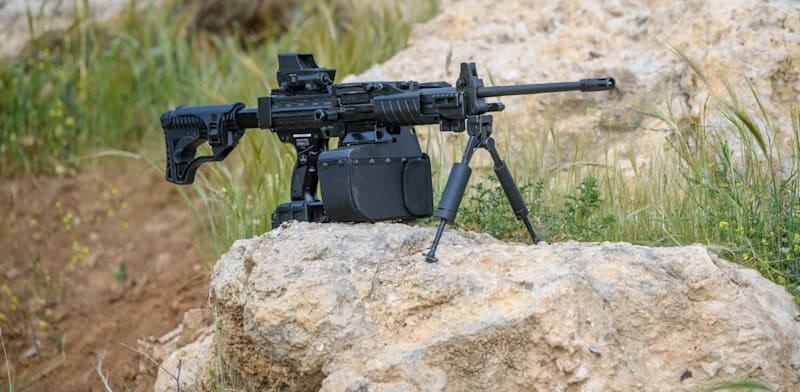General Dynamics Secures $15.9M Contract to Develop Advanced MEDUSA Mining System for US Navy’s Submarine Fleet

The US Navy has awarded General Dynamics a $15.9 million contract to develop a sophisticated new mining system called the Mining Expendable Delivery Unmanned Submarine Asset, or MEDUSA. This system, aimed at modernizing and enhancing the Navy's underwater mine deployment capabilities, leverages advanced unmanned underwater vehicle (UUV) technology. MEDUSA is designed specifically to be compact, versatile, and deployable directly from a submarine’s torpedo tube, offering a fresh strategic edge in naval warfare.
This project’s scope extends beyond just development; it also includes program management, design, systems engineering, fabrication, testing, and integration, all scheduled for completion by 2026. If successful, the contract may expand under a larger, long-term program, with potential funding reaching up to $58 million through 2032. This gradual, phased approach to innovation and funding reflects the Navy’s commitment to both immediate capability upgrades and continuous improvement of its underwater warfare strategies.
Innovation in Underwater Warfare
MEDUSA’s design focuses on enhancing the tactical abilities of submarines by enabling them to carry out underwater mining missions with minimal crew involvement. The system’s core lies in its small, expendable unmanned underwater vehicles, which can carry and deliver payloads precisely in target areas. Submarines deploy these vehicles through torpedo tubes, enabling a stealthy approach that minimizes detection and enhances strategic flexibility in contested waters.
The compact UUVs are designed to operate autonomously, navigating to designated locations where they can deploy mines or other payloads as needed. This versatility allows the Navy to address various mission requirements, ranging from area denial operations to securing naval routes. Captain Matthew Lewis, the program manager of the unmanned maritime systems office, highlighted the strategic importance of unmanned systems like MEDUSA, noting that this technology is vital for fleet readiness and national security. By using systems like MEDUSA, the Navy seeks to keep its warfighters safe while ensuring the US maintains a technological advantage in maritime security.
Unmanned Technology and the MEDUSA System
MEDUSA’s UUVs are built on General Dynamics' previous unmanned technologies and, more specifically, the Knifefish UUV. Developed in 2019 under a $45 million contract, the Knifefish is an advanced mine countermeasure vehicle capable of identifying underwater threats, making operations in mine-laden waters safer for naval personnel. With lessons from Knifefish’s development, General Dynamics is positioned to advance MEDUSA with the latest in underwater robotics and AI-guided navigation, allowing the system to operate autonomously in complex underwater environments.
The goal with MEDUSA is not just creating a new mining tool but an adaptable asset that can integrate additional payloads and sensors. These could include mine-detection sensors, communications equipment, or even environmental data collection tools, making MEDUSA a multi-purpose tool. This flexibility allows for rapid adaptability to mission requirements, which is crucial in a naval environment where threats evolve and require a dynamic response.
Future of the MEDUSA Program
As underwater warfare grows more complex, the Navy’s investment in UUV technologies like MEDUSA signals a strategic pivot toward autonomy and innovation. If the initial program proves successful, MEDUSA’s future funding through 2032 could further expand the capabilities of these unmanned systems. A significant aspect of this potential funding is ongoing research into the ways UUV technology can be applied to future underwater warfare needs, from intelligence collection to other mission-critical tasks like mine laying and route clearance.
In summary, General Dynamics’ MEDUSA contract represents a pivotal step in enhancing the US Navy’s underwater capabilities with advanced, expendable unmanned vehicles. This sophisticated system’s development will not only add tactical strength but will also enhance the Navy’s ability to adapt to new maritime challenges. The future looks promising as MEDUSA moves from concept to operational reality, potentially becoming a cornerstone in the Navy's autonomous underwater operations.


